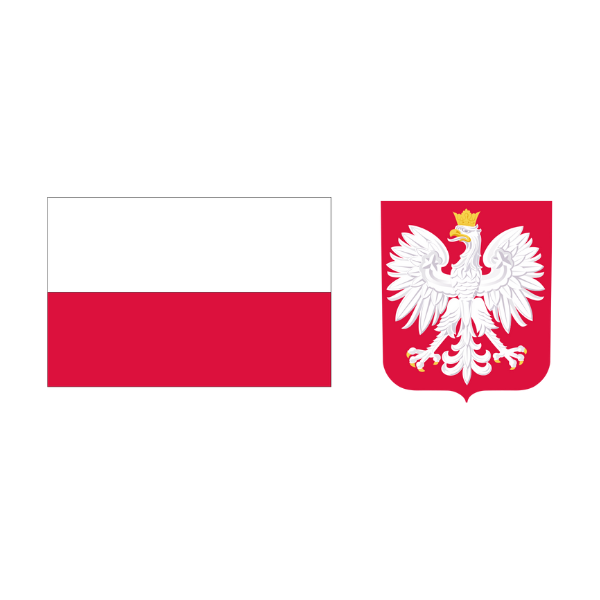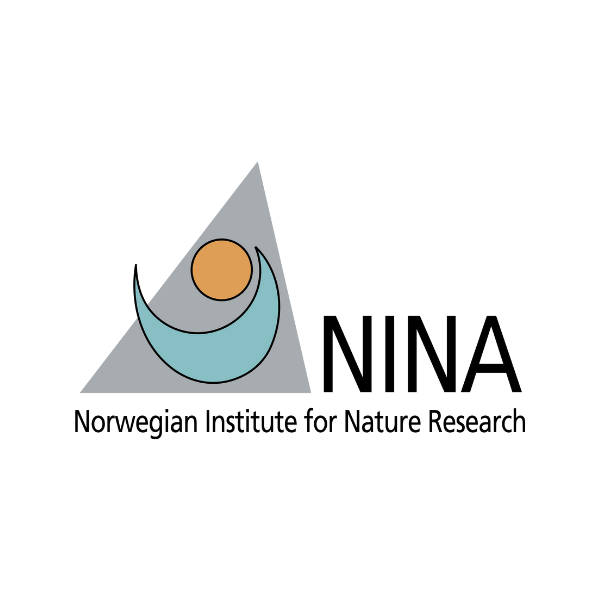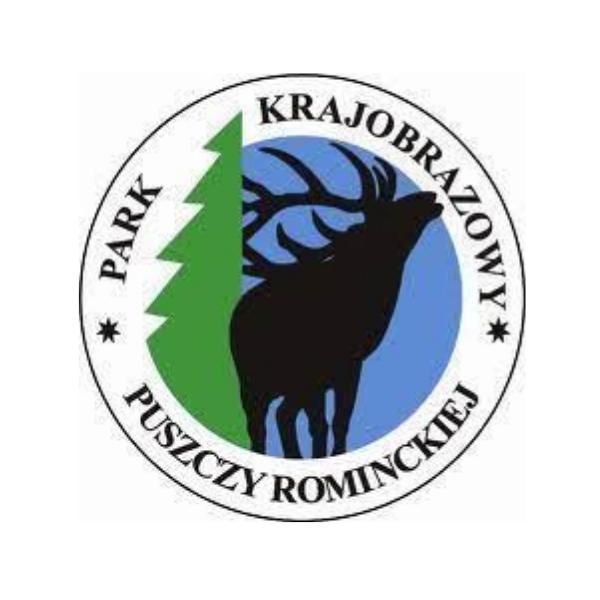Raet: on the border of the last glacier
Raet is Norway’s fourth marine national park, located in the Skagerrak Strait. Like its closest neighbor Jomfruland, this park received its protected status in 2016, their land/water ratio is also the same – 98% of the “wet” area versus 2% of “solid” land. The Raet coastline is notable because it marked the boundary of the last ice age 11,000–12,000 years ago. This is the terminal moraine, the place where the ice advances furthest. Therefore, the local beaches are mainly smooth, ice-polished stones or sloping bedrock with characteristic potholes and striations.
Being in such places, it is easy to imagine what the earth looked like at the very beginning of the Quaternary period, stones and rocks are silent witnesses to the era of large-scale climate change. It seems that time has no power over this small part of the land, that nothing has changed since then. But no, the silent landscape is only an appearance. Life in the park is vibrant both on the surface and in the depths: marine conservation status includes seabirds and their breeding grounds, as well as the flora and fauna of the coastal landscape.
You can feel this living energy by moving around different parts of the park by boat or kayak, diving underwater with a mask and snorkel, getting acquainted with the coast and its unique heathers.
The shelf’s kelp forest provides a safe and supportive habitat for a variety of marine species, including lobsters – the local waters can confidently be called their reserves.
Many thanks for  to: Kjell Magnus Norderhaug, Jarle Kvam, Tore Moy, Øivind Berg, Øystein Paulsen, Geir Eliassen
to: Kjell Magnus Norderhaug, Jarle Kvam, Tore Moy, Øivind Berg, Øystein Paulsen, Geir Eliassen







